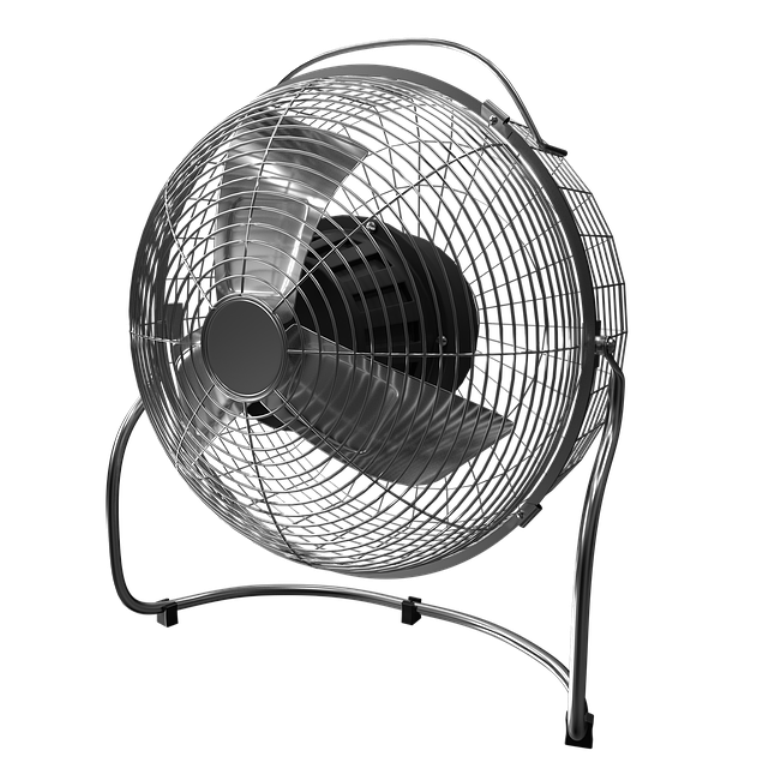Over 24 million Americans are asthmatic. Asthma causes the airways to swell, become narrow, inflamed, and produce excess mucus making breathing difficult. It’s a chronic lung disease that causes some people to cough, wheeze, have itchy eyes, develop congestion, and experience a runny nose.
Because of these symptoms, an asthmatic person must discover which pollutants trigger their condition and find ways to avoid them. Different contaminants trigger asthma attacks, with most of them being in the air we breathe at our homes
Most people think of air pollution and contaminants as car fumes, smog or smoke stacks rising from big factories. But even the air inside our homes can become polluted, affecting those with asthma and other respiratory conditions.
Let’s explore things to consider in our homes to reduce asthma triggers and enjoy improved indoor air quality.
Controlling your indoor air
Controlling our indoor air means keeping it scent and smoke-free. Wood smoke, cigarette smoke, and scented products like perfumes, candles, cleaning suppliers, flowers, laundry products, and indoor plants can trigger asthma attacks.
Second-hand cigarette smoke is the highest form of indoor air pollution, and it contains over 4,000 chemicals, thus increasing breathing problems. Avoid smoking at home and balconies, make it a no-smoking zone.

Perfumes, aerosol sprays, air fresheners, laundry, and cleaning products emit dozens of different volatile organic compounds into your indoor air.
Use naturally-scented cleaning, laundry and fragrance-free products. Stop using home deodorants, aerosol sprays, furniture polish, carpet cleaners, and air fresheners instead use baking soda and sliced lemons to give your home a clean scent.
Additionally, allow fresh air inside your home by opening windows to keep your home well-ventilated.
Use natural air purifiers by bringing nature indoors. Plants like aloe Vera, spider plant, and ferns look prettier in any room, but they also act as natural living air purifiers. Word of caution: Ensure your indoor plants aren’t poisonous.
Avoiding Allergens
Allergens are significant triggers of asthma. From biological materials to small particles, common allergens include cockroaches, molds, pests, and dust mites. The best way of neutralizing allergens is to keep your home clean. Dust mites love warm and soft-surfaced places, and they thrive in carpets, mattresses, and beddings, and their droppings do cause allergic triggers.
A clean house is a healthier one, and your cleaning efforts and strategies should focus on reducing the accumulation of dust, mold, and pet dander. Focus on:
- Keeping the indoor areas clutter-free and cleaning the hard surface floor using recommended HEPA products
- Using hard-surface flooring instead of carpets
- Regularly cleaning drapes, beddings, and items that attract allergens
- Removing furniture that traps allergens
- Keeping pets off furniture and bedrooms to avoid the collection of pet dander
- Encasing your pillows, and mattress with allergen-resistance covers
- Cleaning your kitchen and bathroom regularly to prevent mold formation.
Improving Ventilation
Lower your indoor concentration pollutants by increasing the amount of outdoor clean air entering your home. Open windows, doors, and operate fans if the weather permits or run your window air conditioner using vent control to increase the rate of outdoor ventilation.

Shading and ventilation help in controlling temperature by diluting airborne pollutants that come from indoor sources. You may bring in outdoor air inside your home and promote good air quality through natural ventilation like doors and windows.
Alternatively, adapting sound ventilation design/system reduces air pollution by removing contaminants and controlling odors.
Invest in a kitchen air unit to reduce unpleasant odors, and keep the space smelling clean.
Adapting the latest HVAC technology
A well-designed HVAC system regulates temperature in our homes, but it can also help us to promote better indoor air quality.
Adding a UV lights sanitizing unit to your HVAC system improves the air purification process. Combining UV light and traditional filtering components does the dual purpose of removing particulate matter from the air and killing microorganisms. To install UVC technology and have it working effectively, you need the expertise of professionals like the heating and air conditioning in New Jersey.
Checking on your Humidity Level
Mold and dust mites inhabit and live in places with high moisture. Keeping your home humidity level around 30%-50% keeps it under control. Using dehumidifiers reduces indoor air moisture, effectively controlling the growth of mold and mildew.
Some tips on dehumidifying your home include:
- Opening windows when running the dishes, cooking or bathing or using the exhaust fan
- Avoid overwatering houseplants
- Drying your clothes outside
- Fixing leaky plumbing problems to prevent building up of moisture
- Emptying your windows drip pans, dehumidifiers and air conditioners.
Using asthma-safe products
Using certified allergy and asthma friendly products reduces asthma triggers. Asthma-certified and friendly products in your house include cleaning products, flooring, insulations, paints, beddings, vacuum cleaners, air filters and washing machines.

Check out some of these asthma and allergy-friendly products.
Conclusion
Many small acts contribute to a trigger free environment. Investing in regular maintenance of your HVAC system, embracing thorough cleaning, letting in fresh air, not smoking indoors, and using certified products, among other acts, will keep your indoor air quality high and asthma at bay.






